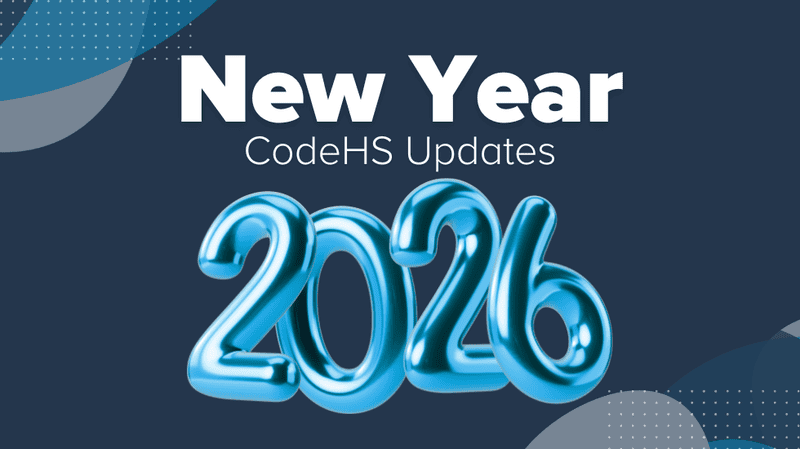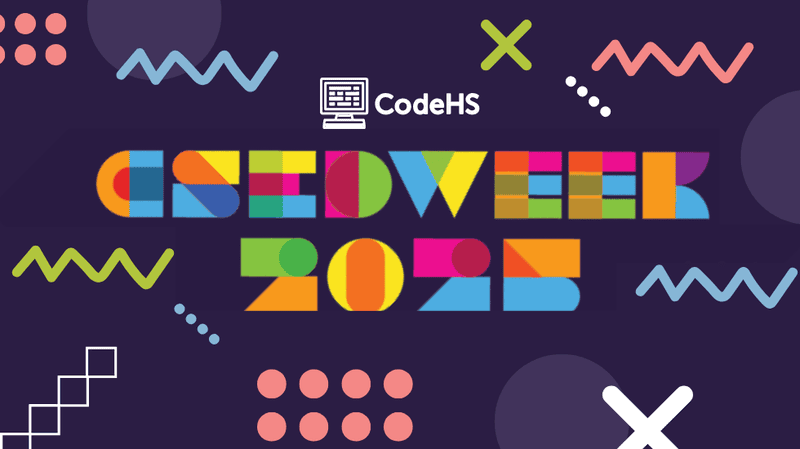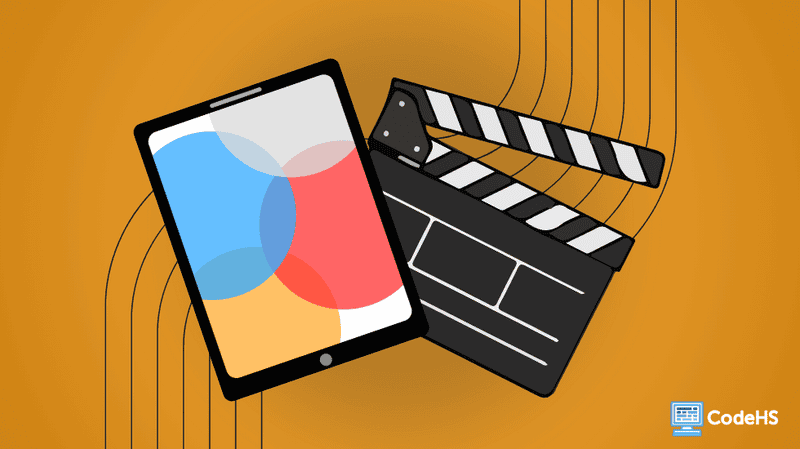
Are you looking for ways to get your students more involved, working together, and excited about coding? At CodeHS, we believe collaboration is key to a thriving computer science classroom. Try these engaging strategies to foster teamwork, critical thinking, and creativity while coding!
Hook Students Right Away!
Start lessons with an attention-grabbing activity:
Fork and Fix (Collaborative Debugging) – Give students a buggy program in the CodeHS Sandbox and have them debug it in small groups (e.g., Collaboration in the Sandbox).
Go Unplugged – Before coding, use hands-on activities like flowcharting on paper to visualize algorithms (e.g., Color by Pixel).
Encourage Critical Thinking
Challenge students to think deeper about code efficiency and readability:
Big Debate: Which Program is More Effective? – Have students compare two solutions and argue which is more optimized and scalable.
Investigate Code: Code Gallery Walks – Display student programs or use Code Replay for peer reviews and feedback.
Enhance Collaboration with Group Coding
Encourage teamwork with structured, interactive projects:
Code Relays – One student starts a program, another continues, and they take turns building on each other’s work. You can even make this a competition between groups!
Project Collaboration – Assign students different roles (designer, coder, debugger, tester) to complete a larger project.
Make Coding Relevant
Help students see the real-world impact of coding:
Explore CS Careers – Use the CodeHS Career Center and codinginthewild.com to showcase industry applications of coding.
Create a Personal Home Page – Let students build a webpage with HTML & CSS to highlight their interests and projects.
Gamify Learning
Turn coding into a fun challenge:
Classroom Challenges & Badges – Reward students for debugging, helping peers, or optimizing code. Learn more about awarding custom badges.
Optimization Oracle – Give students working code and challenge them to improve efficiency. The best solution earns the title of Oracle of the Day!
Develop Strong Coding Skills with Engaging Exercises
PRIMM (Predict, Run, Investigate, Modify, Make) – Guide students through coding step by step by using the PRIMM Instructional Model. They predict the output, run the code to check, investigate the code to understand the output, modify it to explore changes, and finally make their own version to apply their learning.
Parsons Problems – Students rearrange code blocks to match a desired output, building problem-solving and syntax skills.
By implementing these strategies, you can create a more interactive, engaging, and collaborative coding environment in your classroom.
___
Ready to bring these ideas to life? Get started at codehs.com!


